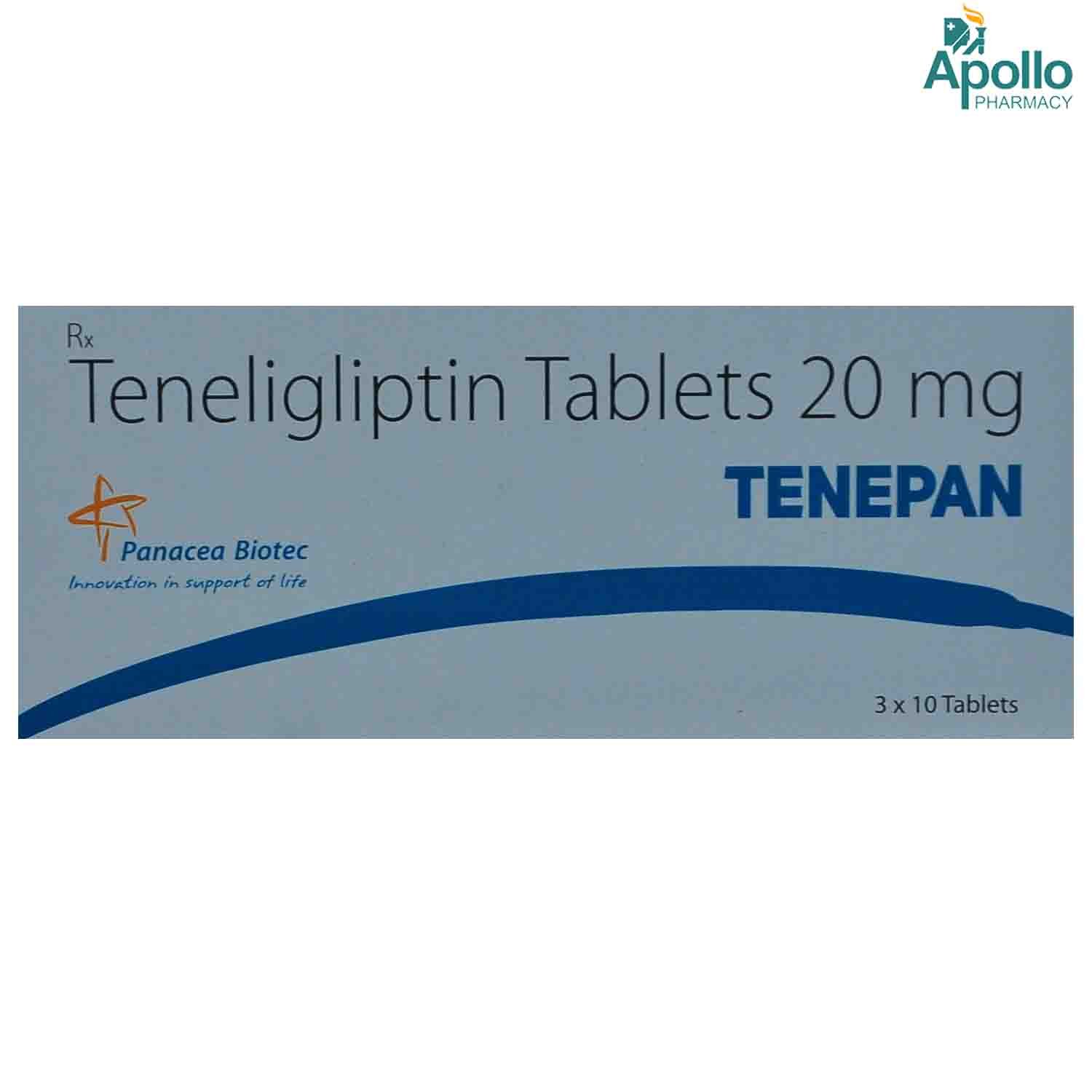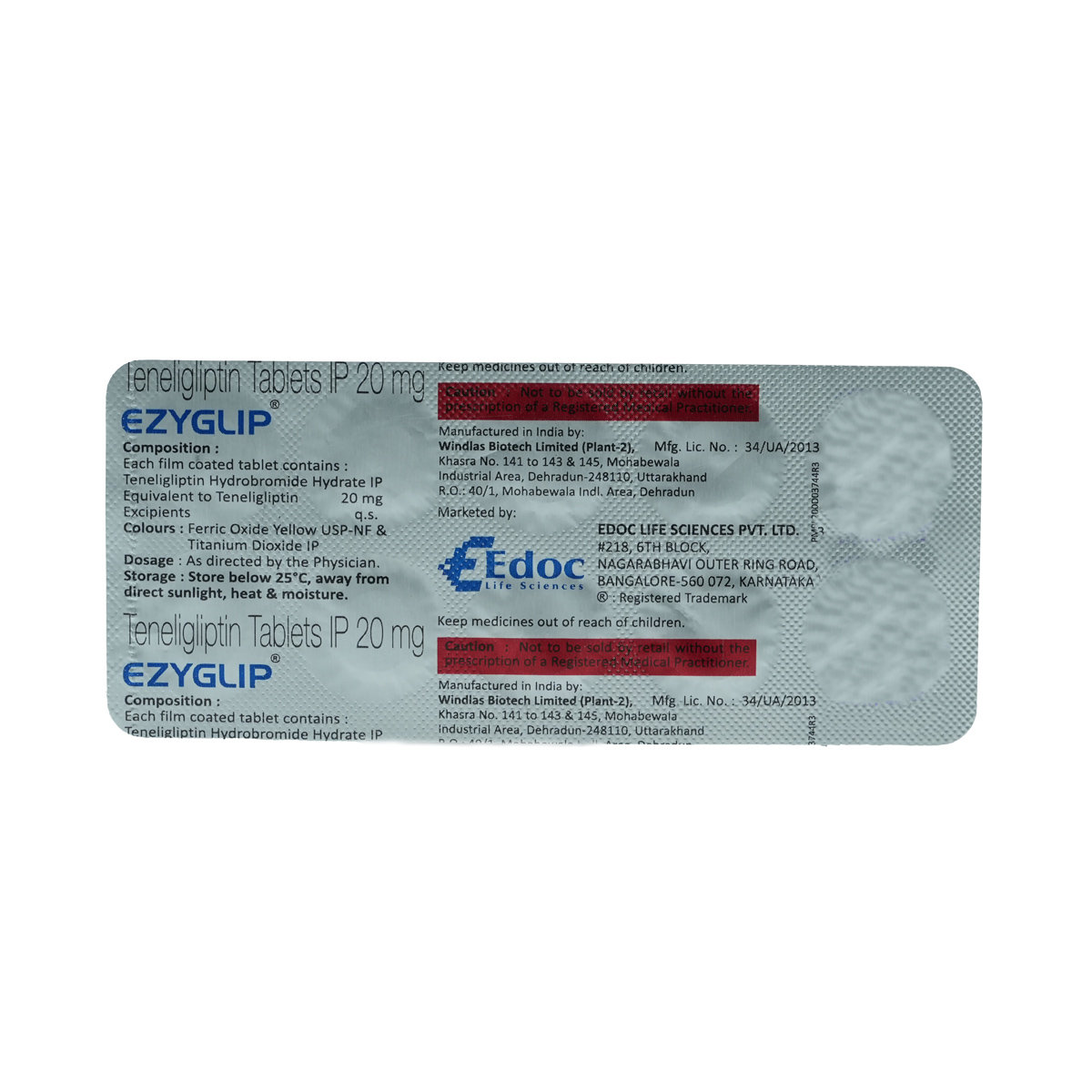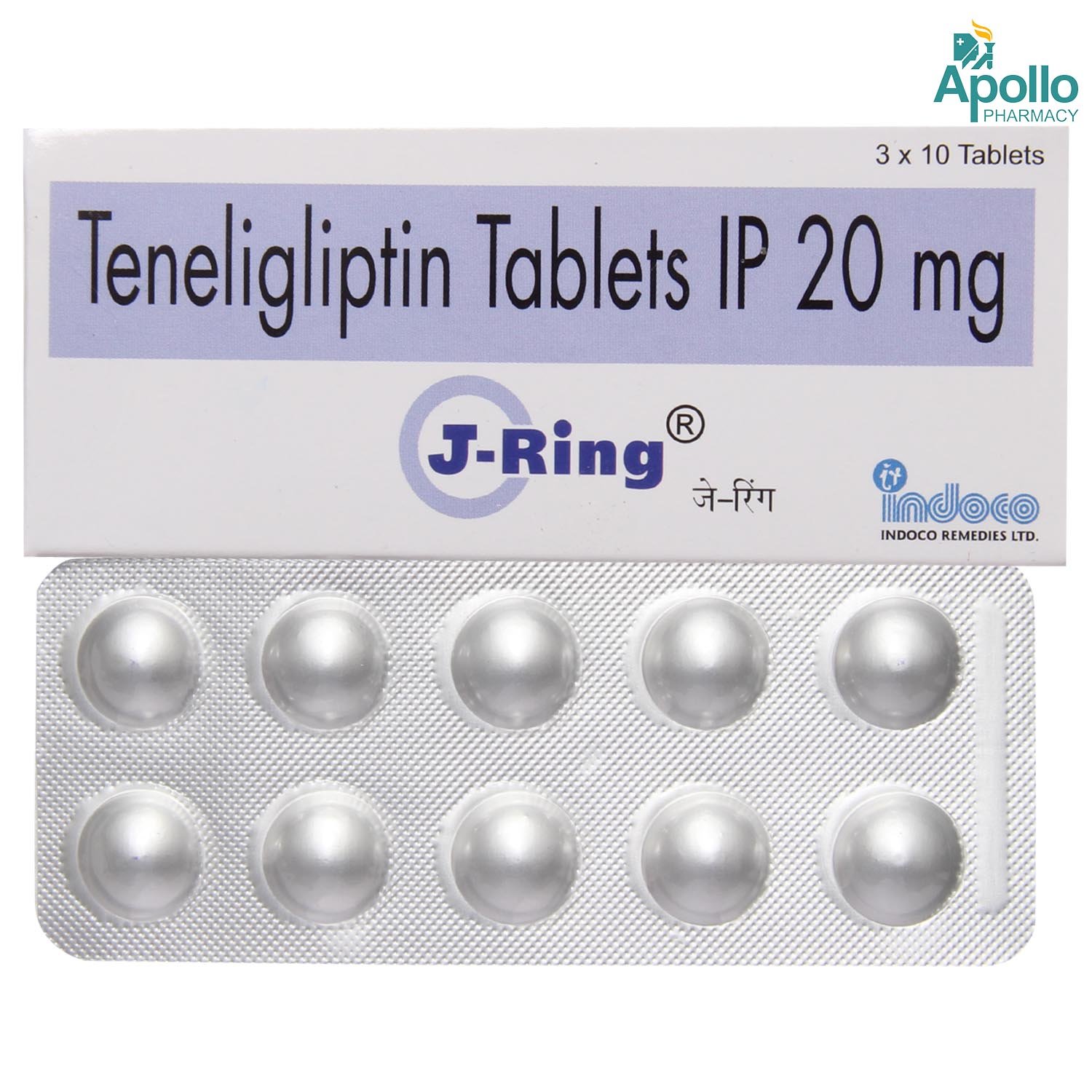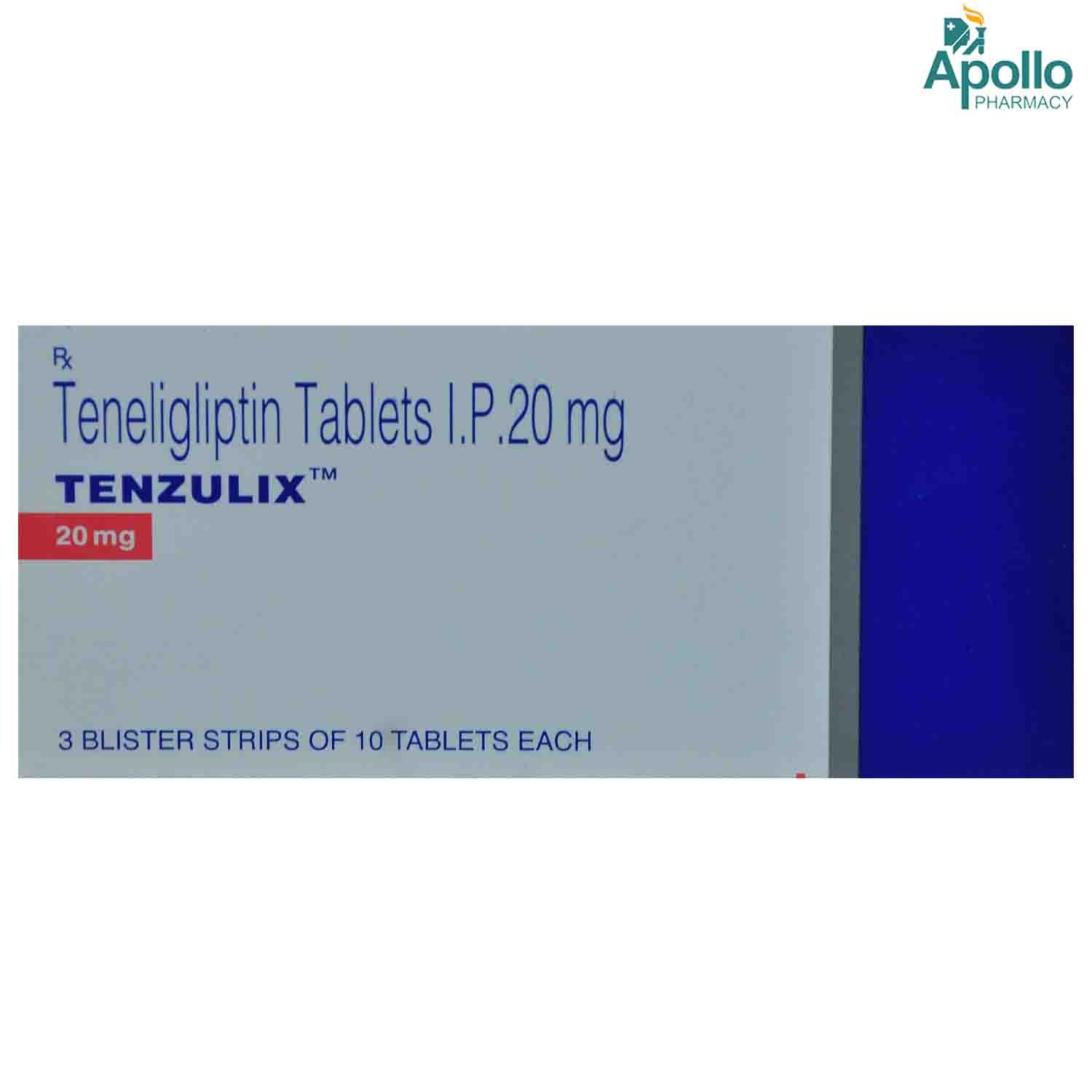NEEVAGLIP 20MG TABLET

MRP ₹124
(Inclusive of all Taxes)
₹18.6 Cashback (15%)
know your delivery time
Provide Delivery Location
Composition :
Manufacturer/Marketer :
Consume Type :
Expires on or after :
Return Policy :

Secure Payment

Trusted by 8 Crore Indians

Genuine Products
Therapeutic Class
Country of origin
Manufacturer/Marketer address
Author Details
We provide you with authentic, trustworthy and relevant information
Disclaimer
Alcohol
Safe if prescribed
It is best to avoid alcohol while taking medication.
Pregnancy
Consult your doctor
NEEVAGLIP 20MG TABLET , safety in pregnant women is not established. So, it should be taken only if prescribed by a doctor.
Breast Feeding
Consult your doctor
Please consult your doctor for advice before taking NEEVAGLIP 20MG TABLET .
Driving
Safe if prescribed
There is no sufficient data on the effects on the ability to drive and use machines have been performed. However, do not drive or operate machinery if you experience dizziness.
Liver
Consult your doctor
If u have or had a history or evidence of any liver-related diseases, please consult the doctor before taking medicine.
Kidney
Consult your doctor
If u have or had a history or evidence of any kidney-related diseases, please consult the doctor before taking medicine.
Children
Safe if prescribed
The safety and efficacy of NEEVAGLIP 20MG TABLET in children have not been established. NEEVAGLIP 20MG TABLET is not recommended in children.
Product Substitutes
About NEEVAGLIP 20MG TABLET
NEEVAGLIP 20MG TABLET belongs to the category of medicines called “anti-diabetic” primarily used to treat type 2 diabetes, especially in persons whose sugar levels are too high and cannot be controlled by dieting and exercising. It is used alone or in combination with other drugs to lower blood sugar levels. People with type 2 diabetes either do not produce enough insulin, or the insulin produced cannot perform its function in the body (insulin resistance). Middle-aged or older individuals are most likely to suffer from type 2 diabetes, also known as adult-onset diabetes.
NEEVAGLIP 20MG TABLET contains Teneligliptin, which belongs to the class of dipeptidyl peptidase-4 (DPP-4) inhibitors used NEEVAGLIP 20MG TABLET is prescribed for the condition of type 2 diabetes when diet and exercise alone cannot control their blood sugar levels. It works by blocking the action of DPP-4 (an enzyme that destroys the hormone 'Incretin'). The enzyme 'Incretins' helps produce more insulin only when required and reduces the liver's blood sugar level when not needed.
Take NEEVAGLIP 20MG TABLET as prescribed. You are advised to use NEEVAGLIP 20MG TABLET for as long as your doctor has prescribed it for you based on your medical condition. In some cases, you may experience certain common side effects such as headache, hypoglycemia (low blood glucose levels), upper respiratory tract infection, and nasopharyngitis (infection of the nose and throat with a common cold). Most of these side effects do not require medical attention and will resolve gradually over time. However, you are advised to talk to your doctor if you experience these side effects persistently.
NEEVAGLIP 20MG TABLET should not be stopped even if you feel better, without consulting your doctor as sugar level keeps changing. If you stop taking NEEVAGLIP 20MG TABLET abruptly, it may increase your sugar levels, which could further increase the risk of eyesight loss (retinopathy), kidney (nephropathy), and nerve damage (neuropathy). Please inform your doctor if you have any heart disease is or planning to get pregnant or breastfeed. The safety and efficacy of NEEVAGLIP 20MG TABLET in children have not been established, so it should not be given to them. NEEVAGLIP 20MG TABLET works best when coupled with a healthy lifestyle like losing weight if you are overweight (BMI>25), eating fewer calories (low fat and sugary food), and being more physically active (at least 150 min of activity every week).
Uses of NEEVAGLIP 20MG TABLET
Medicinal Benefits Mweb
Key Benefits
NEEVAGLIP 20MG TABLET contains ‘Teneligliptin’ which belongs to the class of dipeptidyl peptidase-4 (DPP-4) inhibitors used to treat type 2 diabetes when diet and exercise alone cannot control their blood sugar levels. It works by blocking the action of DPP-4 (an enzyme that destroys the hormone ‘Incretin’). The enzyme ‘Incretins’ helps produce more insulin only when required and reduces the liver's blood sugar level when not needed. NEEVAGLIP 20MG TABLET should not be used in patients with type 1 diabetes and for the treatment of diabetic ketoacidosis. Thus, NEEVAGLIP 20MG TABLET plays a vital role in controlling blood sugar levels and prevents serious complications of diabetes like eyesight loss (retinopathy), kidney (nephropathy), nerve damage (neuropathy), diabetic foot ulcer, and delayed wound healing.
Directions for Use
Side Effects of NEEVAGLIP 20MG TABLET
- Headache
- Hypoglycemia (low blood glucose levels)
- Upper respiratory tract infection
- Nasopharyngitis (infection of nose and throat with common cold)
Drug Warnings
NEEVAGLIP 20MG TABLET should not be taken if you are allergic to NEEVAGLIP 20MG TABLET or any of its ingredients. Please inform your doctor if you are pregnant or breastfeeding before starting NEEVAGLIP 20MG TABLET . The safety and efficacy of NEEVAGLIP 20MG TABLET in children have not been established, so it should not be given to them. Prolonged intake of NEEVAGLIP 20MG TABLET may cause acute pancreatitis (swollen pancreas). Increased risk of hypoglycemia (low blood sugar level) can occur when NEEVAGLIP 20MG TABLET is added to other anti-diabetic agents or insulin therapy. In this case, your doctor may adjust the dose of NEEVAGLIP 20MG TABLET . Severe allergic reactions might occur in some patients taking NEEVAGLIP 20MG TABLET like anaphylaxis, angioedema (swelling under the skin), and exfoliative skin conditions. NEEVAGLIP 20MG TABLET should not be used in patients with type 1 diabetes and for the treatment of diabetic ketoacidosis.
Drug-Drug Interactions
Drug-Drug Interactions
Login/Sign Up
Drug-Food Interactions
Drug-Food Interactions
Login/Sign Up
Drug-Diseases Interactions
Drug-Diseases Interactions
Login/Sign Up
Drug-Drug Interactions Checker List
- GLIPIZIDE
- GLICLAZIDE
- GLIMEPIRIDE
- ATENOLOL
- BISOPROLOL
- METOPROLOL
- NADOLOL
- PROPRANOLOL
- BUPROPION
- SELEGILINE
- ISOCARBOXAZID
- PHENELZINE
- ASPIRIN
Habit Forming
Special Advise
You should have a test of Glycated haemoglobin (HbA1C) every 3 months to check your blood glucose level control.
Diet & Lifestyle Advise
- Fill your half plate with starchy veggies, a quarter with proteins, and a quarter with whole grain.
- Eat at regular intervals. Do not take a long gap between a meal or snack.
- Monitor your blood sugar level regularly, especially when there are lots of fluctuations.
- Invest in at least 150 min of moderate-intensity physical activity or one hour and 15 minutes of high-intensity exercise every week.
- Lose weight gradually to achieve a healthy body mass index (18.5 to 24.9).
- Replace refined carbohydrates containing whole-grain foods and increase the intake of fruits and veggies and other fiber-enriched foods.
- Reduce intake of saturated fat (or hidden fats) in food like chips, crisps, pastries, biscuits, and samosas. Choose omega-3 fatty acid-containing oils for daily cooking. You can use palm oil, mustard oil, groundnut oil, rice bran oil, and safflower oil for frying.
- Do not take stress as it may elevate your blood sugar level. You can adopt stress management techniques like mindfulness to control stress-related blood sugar changes.
- Opt for low-fat dairy products (low-fat yogurt, fat-free milk, and cheese, etc.).
- Keep your blood pressure as normal (120/80) as possible as it reduces the risk of cardiovascular diseases in diabetes patients.
All Substitutes & Brand Comparisons
RX
Out of StockTENEPAN 20 TABLET 10'S
Panacea Biotec Ltd
₹108.5
(₹9.77 per unit)
12% CHEAPERRX
Out of StockGLITZ 20MG TABLET 10'S
Ordain Health Care Global Pvt Ltd
₹108.9
(₹9.8 per unit)
12% CHEAPERRX
Out of StockTenefron 20mg Tablet 10s
Abbott India Ltd
₹110
(₹9.9 per unit)
11% CHEAPER

Have a query?
Buy best Diabetics products by
Torrent Pharmaceuticals Ltd
Sun Pharmaceutical Industries Ltd
Eris Life Sciences Ltd
Intas Pharmaceuticals Ltd
Lupin Ltd
Micro Labs Ltd
Mankind Pharma Pvt Ltd
Lloyd Healthcare Pvt Ltd
Alkem Laboratories Ltd
Abbott India Ltd
Glenmark Pharmaceuticals Ltd
Cipla Ltd
Macleods Pharmaceuticals Ltd
Wockhardt Ltd
Dr Reddy's Laboratories Ltd
Primus Remedies Pvt Ltd
USV Pvt Ltd
Aristo Pharmaceuticals Pvt Ltd
Emcure Pharmaceuticals Ltd
Alembic Pharmaceuticals Ltd
Ipca Laboratories Ltd
La Renon Healthcare Pvt Ltd
Ajanta Pharma Ltd
Medley Pharmaceuticals Ltd
East West Pharma India Pvt Ltd
Elbrit Life Sciences Pvt Ltd
Corona Remedies Pvt Ltd
Hbc Life Sciences Pvt Ltd
Sinsan Pharmaceuticals Pvt Ltd
Ranmarc Labs
Mitoch Pharma Pvt Ltd
Zydus Healthcare Ltd
Sanofi India Ltd
Akumentis Healthcare Ltd
Fusion Health Care Pvt Ltd
Unison Pharmaceuticals Pvt Ltd
Jubilant Lifesciences Ltd
Novo Nordisk India Pvt Ltd
Tas Med India Pvt Ltd
Blue Cross Laboratories Pvt Ltd
Msn Laboratories Pvt Ltd
Eswar Therapeutics Pvt Ltd
Indoco Remedies Ltd
Q Check Pharmaceuticals
Alteus Biogenics Pvt Ltd
Anthem Bio Pharma
Franco Indian Pharmaceuticals Pvt Ltd
Systopic Laboratories Pvt Ltd
Panacea Biotec Ltd
Zydus Cadila
Biocon Ltd
Edoc Life Sciences Pvt Ltd
Koye Pharmaceuticals Pvt Ltd
Arkas Pharma Pvt Ltd
Diacardus Pharmacy Pvt Ltd
Elinor Pharmaceuticals (P) Ltd
Remedy Life Sciences Pvt Ltd
Saan Labs
Talent India Pvt Ltd
Jarun Pharmaceuticals Pvt Ltd
Capital Pharma
Shrrishti Health Care Products Pvt Ltd
FDC Ltd
Leeford Healthcare Ltd
Nirvana India Pvt Ltd
Elder Pharmaceuticals Ltd
Eli Lilly and Company (India) Pvt Ltd
Glynis Pharmaceuticals Pvt Ltd
Zuventus Healthcare Ltd
Arrient Healthcare Pvt Ltd
Cadomed Pharmaceuticals India Pvt Ltd
Orris Pharmaceuticals
Akesiss Pharma Pvt Ltd
Bal Pharma Ltd
Biochem Pharmaceutical Industries Ltd
Knoll Healthcare Pvt Ltd
Lippon Pharma Pvt Ltd
Morepen Laboratories Ltd
Neucure Lifesciences Pvt Ltd
Opsis Care Lifesciences Pvt Ltd
Wallace Pharmaceuticals Pvt Ltd
Acmedix Pharma Llp
Converge Biotech Pvt Ltd
Erinyle Pharma
Indiabulls Pharmaceuticals Pvt Ltd
Ozone Pharmaceuticals Ltd
Retra Life Science Pvt Ltd
Alvio Pharmaceuticals Pvt Ltd
Geneaid Pharmaceuticals
Heal (India) Laboratories Pvt Ltd
Olcare Laboratories Pvt Ltd
Vasu Organics Pvt Ltd
Kotak Life Sciences
Lakshya Life Sciences Pvt Ltd
Proqol Health Care Pvt Ltd
Sanz Pharmaceuticals
Daylon healthcare pvt Ltd
Mcronus Lifescience Pvt Ltd
Natco Pharma Ltd
Orsim Pharma






